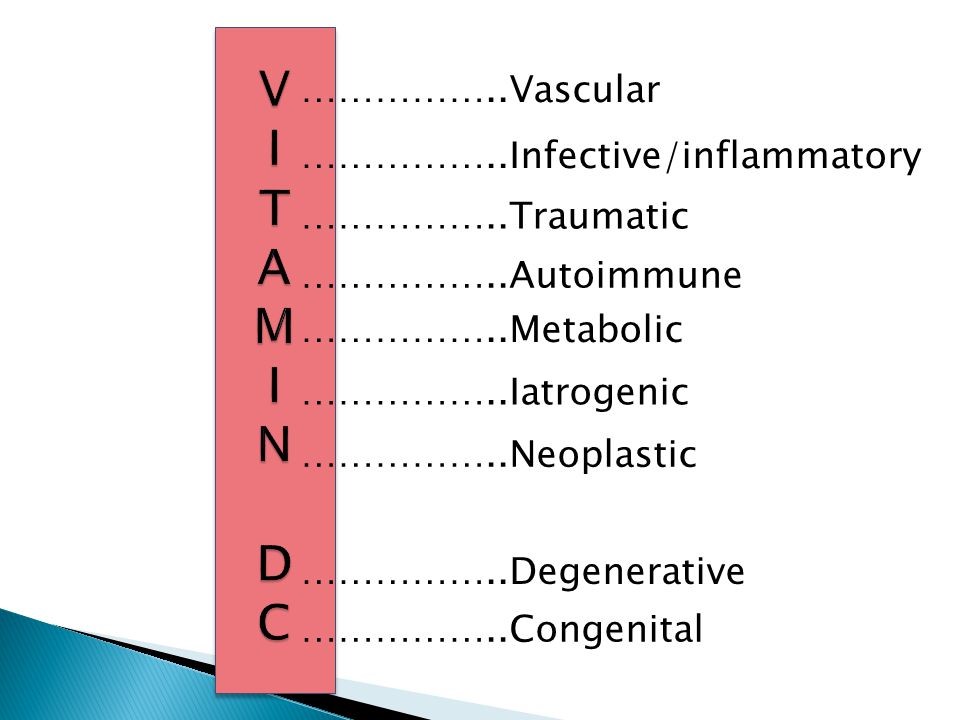When approaching the clinical scenarios we need visualise the ‘virtual patient’ and if possible relate this to your own experience in clinical practice. Initially we need to start to think of ‘what is wrong with this patient? ’ considering the initial impression and importantly rapidly identify a list of working differentials ranking these from most to least probable.
In practice the relevant clinician will conduct a thorough and relevant medical history to help form a diagnosis. After a successful history is completed appropriate examinations and investigations can be conducted to help support and produce a list of differential diagnoses. For the purpose of these scenarios you will be provided with relevant information from the medical history and investigations which are commonly associated with the specific GI condition in question.
However, when reading these scenarios you should approach this like you would on placement considering a system to help provide you with a systematic approach. One method commonly adopted is the use of a ‘surgical sieve’ which helps you to consider an array of underlying potential causes ensuring nothing is missed. An example of this is provided and often recalled as the mnemonic of VITAMIN DC.

For your learning purposes you will be provided with a list of potential diagnoses to consider and the module navigates through the rationale as to why some are more relevant than others. This aims to cover anatomy, physiology and commonly associated signs and symptoms relating to that particular condition to help improve your confidence and knowledge in this subject.